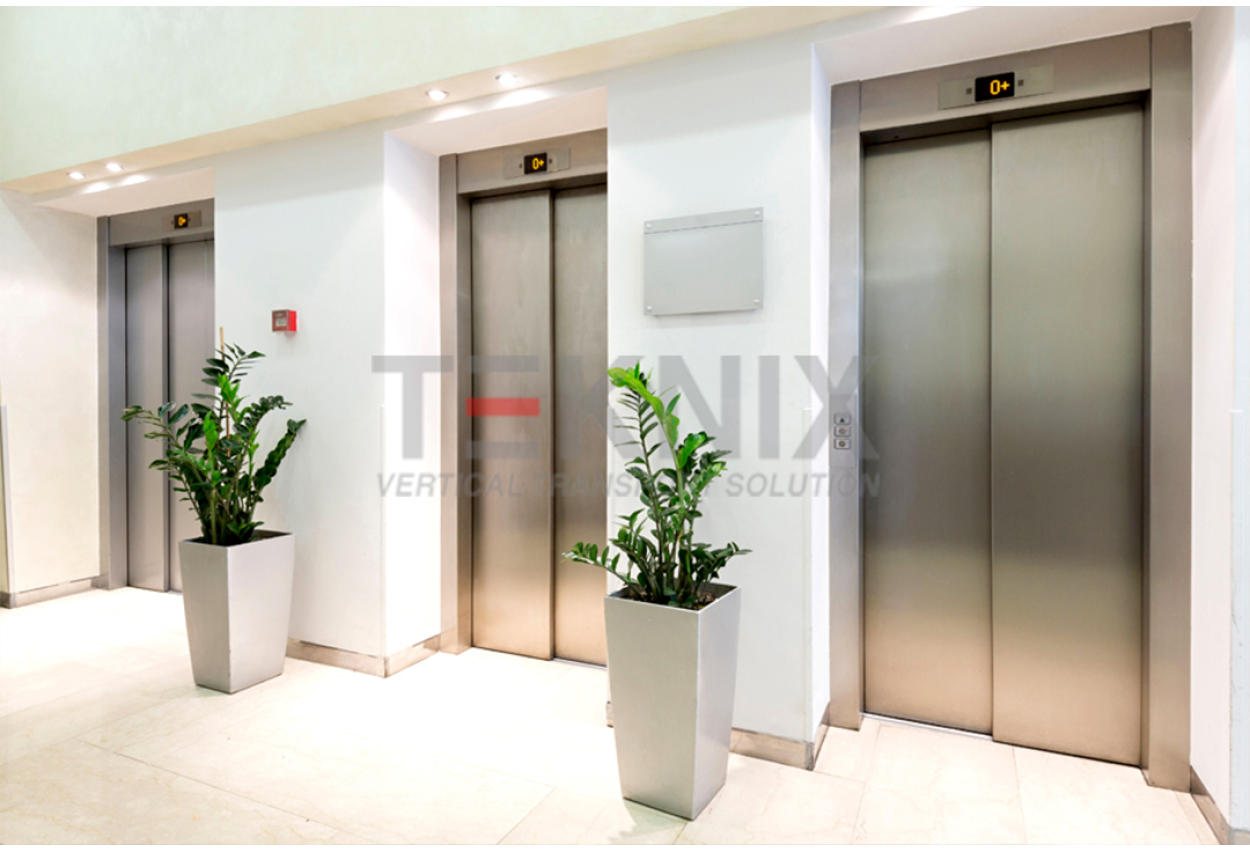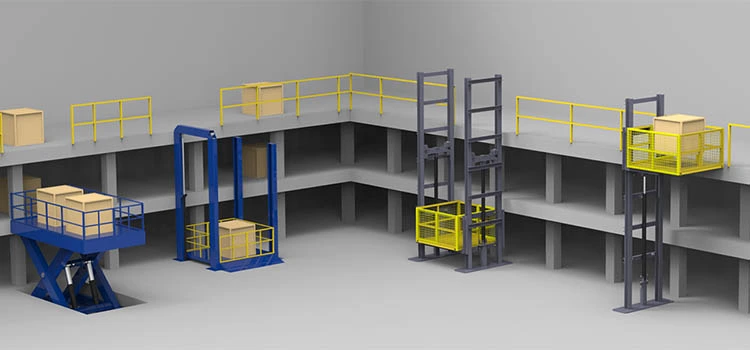Looking Into the World of Elevators: Usual Problems Dealt With by Various Lift Devices
As we browse via the vertical transportation systems of modern buildings, lifts stand out as an important part of our daily lives. From hydraulic elevators to grip systems and machine-room-less designs, each lift type comes with its collection of usual issues.
Hydraulic Elevators
Hydraulic lifts, commonly preferred for low-rise buildings, make use of fluid stress to control the motion of the lift car (lift repair companies). This system entails a hydraulic pump pressing oil into a cylinder, triggering the lift to relocate the desired direction. While hydraulic lifts are recognized for their quiet and smooth operation, they do include their very own collection of common issues
One common problem with hydraulic elevators is oil leakage. Additionally, issues with the control system, such as faulty shutoffs or a malfunctioning pump, can create disturbances in the lift's motion.
Routine maintenance and prompt repair work are important to guarantee the smooth functioning of hydraulic elevators. By addressing these usual concerns proactively, structure owners can reduce downtime and ensure the safety and performance of their upright transportation system.
Traction Lifts
When taking into consideration upright transportation systems in buildings, another usual type other than hydraulic lifts is the grip elevator. Traction lifts operate making use of a system of ropes and weights that move the lift car by clutching onto the hoist ropes. This device enables smoother and quicker upright transport compared to hydraulic systems.
Among the typical issues encountered by traction lifts is rope wear. The continuous movement of the ropes within the grip system can result in deterioration in time, possibly triggering the elevator to breakdown or become unsafe for usage. Regular assessments and maintenance of the ropes are necessary to make sure the elevator's appropriate functioning and security.
Another problem that grip elevators might experience is connected to the control system. Problems with the control system can bring about issues such as irregular movement, hold-ups in response times, or perhaps full shutdowns. Normal testing and maintenance of the control system are crucial to stop such concerns and make certain the lift's reliability.
Machine-Room-Less (MRL) Elevators

One of the key parts of MRL lifts is the compact gearless grip maker that is set up within the hoistway. This machine successfully drives the elevator vehicle without the need for cumbersome devices located in standard traction lifts. Furthermore, MRL elevators commonly utilize a counterweight system to stabilize the vehicle, more improving their energy effectiveness.
Despite their advantages, MRL lifts may deal with obstacles associated with upkeep and repair because of the constrained space for devices installment. Access for servicing elements within the shaft can be limited, requiring specialized training for professionals. Proper maintenance timetables and regular evaluations are critical to ensure the continued smooth procedure of MRL lifts.
Overloading and Weight Limit Issues
Overwhelming and weight limitation problems are important worries in lift operations. Elevator producers design lifts with specific weight capacities to ensure passenger safety and security and tools long life.
When lifts are overwhelmed, it puts excessive pressure on the electric motor, cords, and other components, potentially creating breakdowns or malfunctions. Safety devices such as sensing units and overload sensors remain in area to stop elevators from relocating if they find excess weight. Additionally, going beyond weight limitations can lead to raised energy consumption and damage on the elevator system.
To minimize overwhelming issues, constructing managers need to prominently present weight limitations in elevators and inform occupants on the relevance of adhering to these constraints - lift repair companies. Routine upkeep checks by qualified technicians can likewise help make sure that elevators are operating within secure weight specifications. By resolving overloading and weight limitation concerns proactively, building owners can boost elevator safety and security and efficiency
Electric System Failings
Exceeding weight limitations in lifts can not only cause mechanical issues however additionally potentially contribute to electric system failings within the lift infrastructure. Electrical system failings are a crucial worry in lift operation, as they can trigger unforeseen closures, malfunctions, or perhaps security threats. One common electrical problem is the getting too hot of components due to extreme present circulation created by overloading the elevator beyond its ability. This can bring about harm to the electrical wiring, control, or electric motor systems, leading to expensive fixings and downtime.
Routine upkeep and inspections are essential to identify and attend to potential electric problems without delay, making sure the efficient and secure procedure of elevator systems. By sticking to weight limits and performing routine electric system checks, building owners can mitigate the danger of electric failures in lifts.
Conclusion

Hydraulic lifts, typically chosen for low-rise structures, use fluid pressure to regulate the movement of the lift cars and truck.When thinking about upright transportation systems in structures, one more common kind aside from hydraulic lifts is the traction lift. Traction elevators run utilizing a system of ropes and counterweights that move the lift cars and truck by gripping onto the hoist ropes. Unlike typical elevators that call for a separate maker room to house the devices, MRL lifts integrate many of the components within the shaft, eliminating the requirement for a dedicated maker area.In final thought, lifts face lift companies in London typical concerns such lift repair near me as hydraulic malfunctions, grip system failings, and electrical system issues.
Comments on “London Lift Company: Trusted Professionals for All Your Vertical Transportation Requirements”